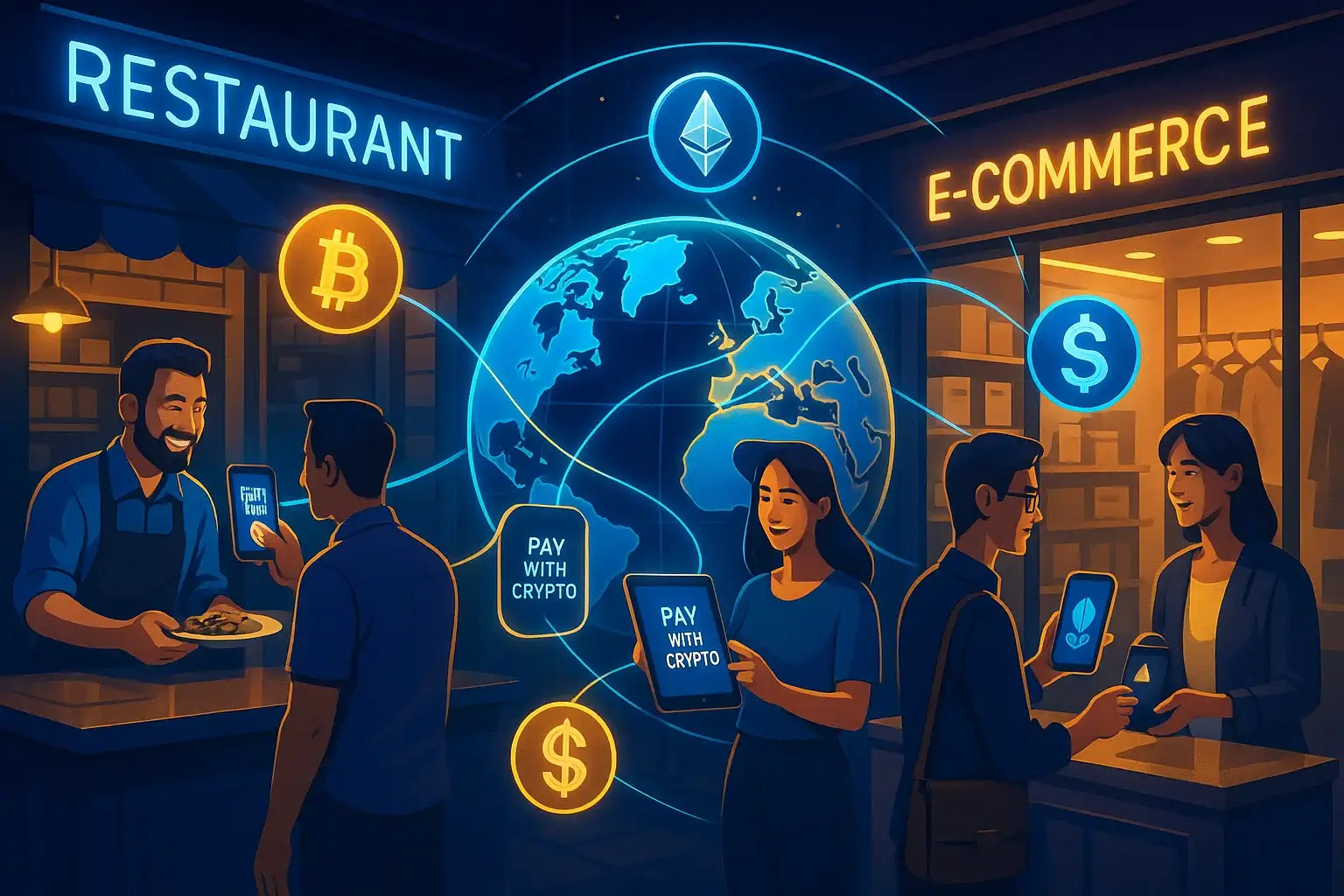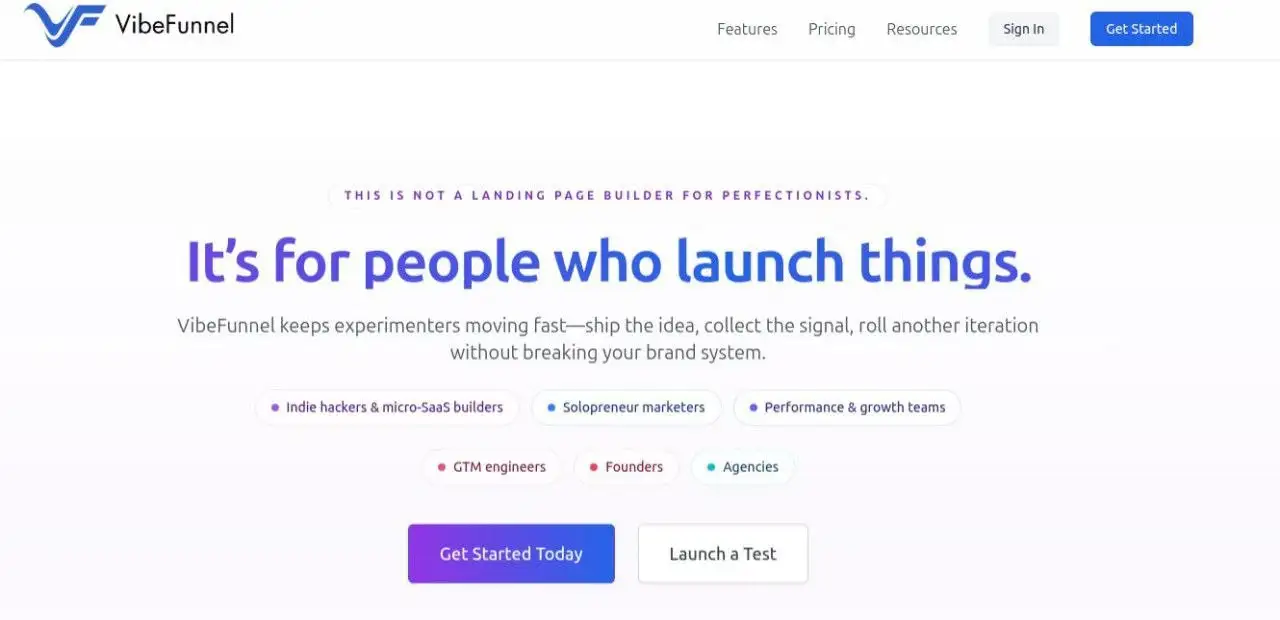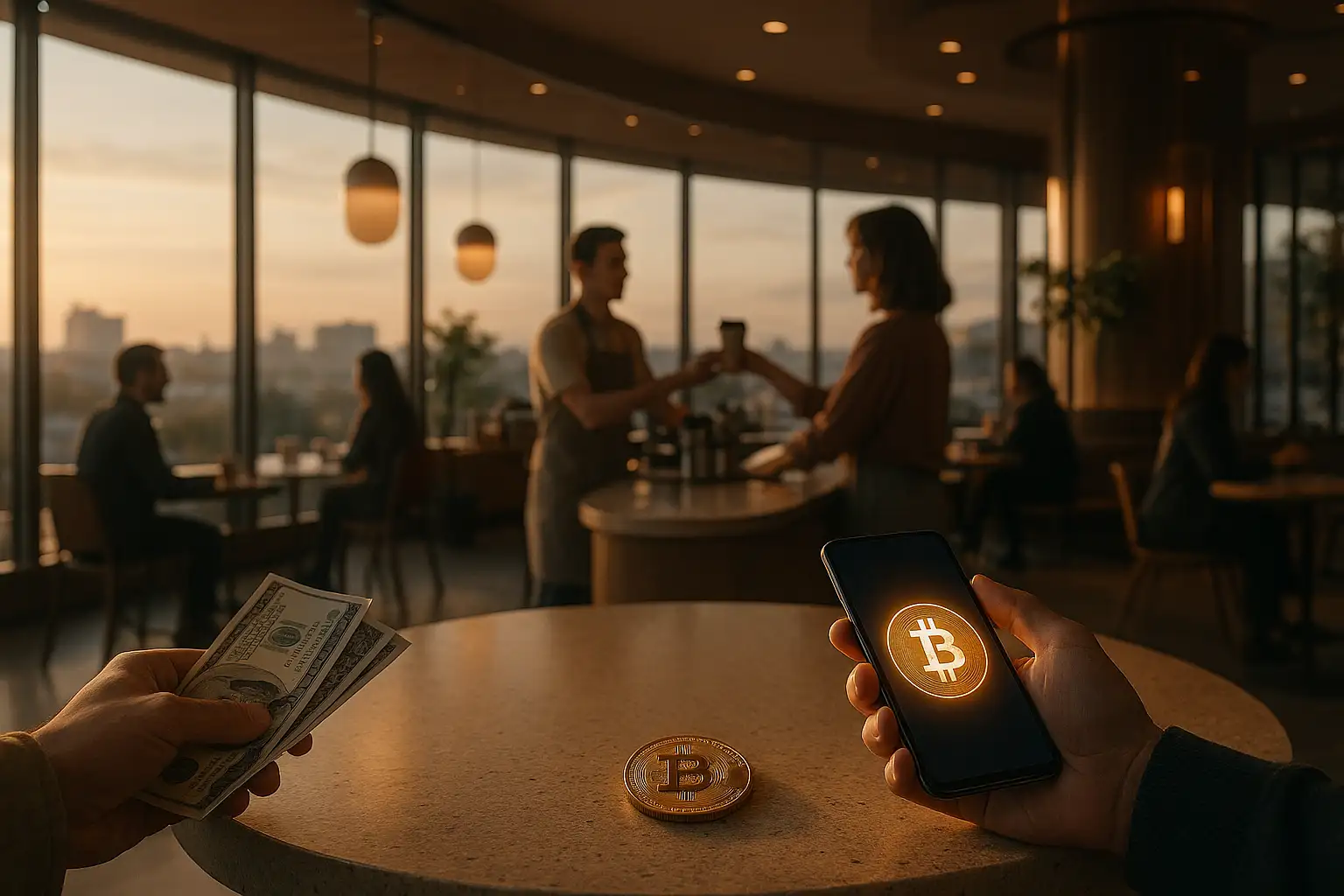
"On-chain land ownership” is becoming a popular phrase in crypto. It sounds futuristic—maybe even revolutionary.
But what does it actually mean? Does holding a land NFT give you ownership over real, physical property? Is it like holding a deed? A share? Or something entirely new?
This article breaks down what it really means to own land on-chain—how it works, what’s actually being owned, and how blockchain technology is being used to tokenize physical land as a new kind of real-world asset (RWA).
We’ll explore the mechanics, the value, and what separates land-backed NFTs from virtual land in the metaverse.
In the traditional sense, land ownership is based on legal deeds recorded in centralized registries, usually controlled by governments.
These deeds specify boundaries, titles, and ownership rights, and must be verified manually through trusted third parties (lawyers, agents, title companies).
Transfers are slow, bureaucratic, and often expensive. Cross-border ownership is complex. Even verifying if a piece of land is truly for sale can take weeks.
There’s limited transparency and very little liquidity. This is the system blockchain is starting to challenge, not by replacing legal systems, but by augmenting them with transparency and traceability.
Owning land “on-chain” typically means holding a blockchain token, usually a non-fungible token (NFT) that is directly tied to a real-world parcel of land.
This token includes on-chain metadata linked to legal documentation, GPS coordinates, ownership history, and even usage rights. This isn’t just a digital collectible.
It’s part of a broader category known as real-world assets (RWA); tokenized representations of tangible things
When done right, this structure allows for verifiable, secure, and tradable ownership of physical land across borders, without middlemen. One of the projects leading this model is LandDAO.
One of the real life examples of projects tokenizing land as NFTs is LandDAO. This is a land utility project that turns physical land into asset-backed NFTs, allowing users to access, trade, and govern real parcels through blockchain.
Here’s how it what it entails:
● Land Acquisition: LandDAO acquires large tracts of land in regions where foreign ownership is legally permitted and enforceable.
● Enhancement: These lands are improved—cleared, zoned, or surveyed for use (residential or agricultural).
● Tokenization: Each parcel is minted as an ERC-721 NFT, uniquely representing a specific real-world land.
● Legal Anchoring: Every land NFT includes metadata and documentation that anchor it to local legal records, including deeds and land-use rights.
● Smart Contract Transfers: Ownership is transferred via smart contracts—transparent, programmable, and borderless.
Importantly, these are not virtual pieces of land. LandDAO NFTs are backed by real land—verifiable, registered, and physically inspectable. The $LNDAO token is used to coordinate DAO decisions, govern land usage, and distribute rewards to members.
When you own a land NFT from LandDAO, you hold:
● A verifiable claim to a specific physical land parcel, backed by real-world documentation.
● On-chain metadata including coordinates, maps, legal docs, history of transactions, and potential land use.
● Access to yield: revenue from leases or land sales is distributed to token holders according to DAO rules.
● Optional physical possession: holders may opt to claim the land directly. This structure gives the NFT more weight than typical digital assets.
It’s a key part of the emerging RWA movement, making real-world land investable, tradable, and programmable through Web3 tools.
Tokens in Land Ownership Why use NFTs instead of fungible tokens for land? Because land is inherently non-fungible. Every parcel is unique, different in size, location, terrain, and legal status.
A plot in Times Square, New York isn’t worth the same as another just 1 km away, even if they’re the same size. Using non-fungible tokens preserves this uniqueness. Each land NFT reflects a distinct asset with its own market value, legal rights, and risk profile.
You can’t split it like a dollar—you have to reference the actual land. Fungible tokens make more sense when referencing pooled or generalized value (like funds or fractional shares).
But for direct ownership of land parcels, NFTs backed by physical land are structurally better suited.
Owning land on-chain isn’t just about digital collectibles. It’s about making real-world assets more accessible, tradable, and transparent.
Through projects like LandDAO, land is being transformed into an on-chain, asset-backed digital token, one that combines legal enforcement with decentralized governance.
This is land ownership reimagined: programmable, community-driven, and global by design.
On-Chain Media articles are for educational purposes only. We strive to provide accurate and timely information. This information should not be construed as financial advice or an endorsement of any particular cryptocurrency, project, or service. The cryptocurrency market is highly volatile and unpredictable.Before making any investment decisions, you are strongly encouraged to conduct your own independent research and due diligence
Tags :

0 Comments
Show More

I compared Kraken, WhiteBIT & Coinbase to show which fits your business best.

VibeFunnel launches an AI platform that boosts landing page conversions with automated testing, real-time insights, and brand-consistent design.

If you think money will look the same in 10 years, you’re seriously underestimating technological progress.
On-Chain Media is an independent, reader-funded crypto media platform. Kindly consider supporting us with a donation.
bc1qp0a8vw82cs508agere759ant6xqhcfgcjpyghk
0x18d7C63AAD2679CFb0cfE1d104B7f6Ed00A3A050
CBaXXVX7bdAouqg3PciE4HjUXAhsrnFBHQ2dLcNz5hrM
Contains the last 12 releases